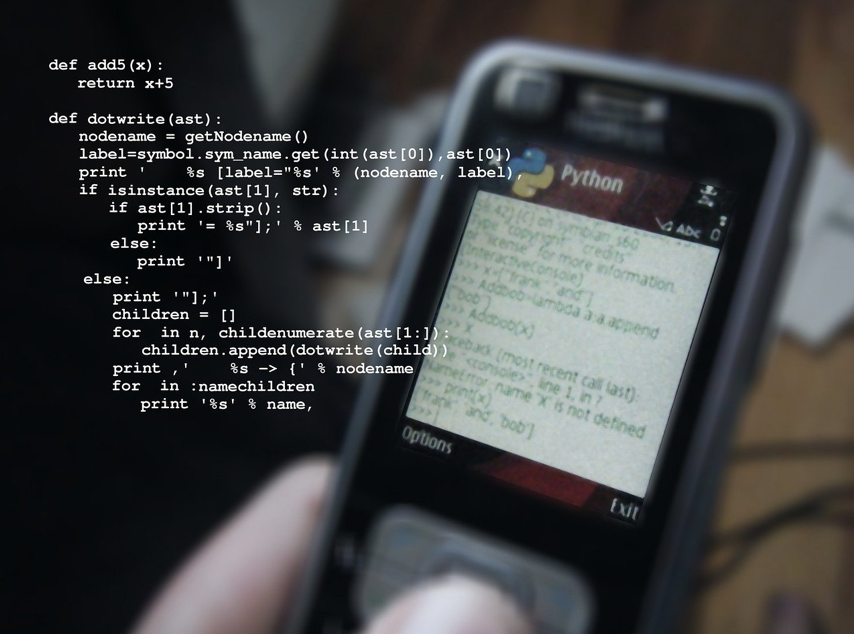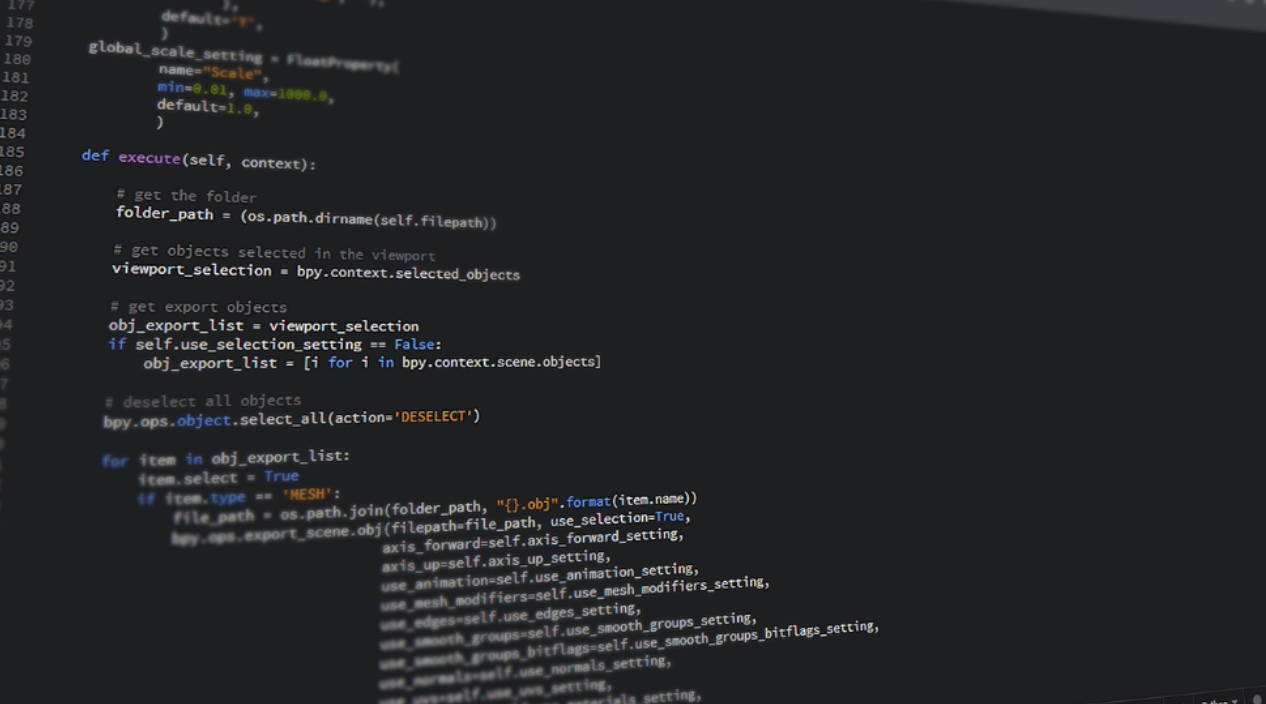AI-powered text rewriting tools are becoming very popular nowadays. They can automatically rewrite sentences, paragraphs, or even articles in an improved manner, all thanks to diverse AI algorithms. But did you know these tools also make use of Python to efficiently perform the rewriting process?
Python is a high-level programming language that is widely used to create websites, tools, applications, etc. This language has enabled programmers to solve complex problems and that’s why most AI-based programs are built in Python.
In this article, I am going to discuss the role of Python in AI text rewriting tools in complete detail. But before heading towards the role, it would be good if you have an efficient understanding of this modern programming language.
What is Python?

As I have already stated, it is a high-level programming language that is a lot easier to comprehend for humans as compared to other languages. It has built-in data structures that combine dynamic typing and binding. This makes it one of the best options for creating complex apps, software, websites, tools, etc.
Python was first introduced by Guido Van Rossum (Belong to the Netherlands) in 1992. It is considered one of the easiest programming languages that even a person who is new to programming can learn. This is one of the reasons why it is ruling the programming world.
Now that you have understood what Python actually is, it’s time to head towards its role in AI text rewriting tools.
Role of Python in AI Text Rewriting Tools

Although Python is an easy programming language, it is quite vast as well. It provides different pre-built algorithms (libraries) to developers through which they can train software or tools to first understand the given text efficiently and then rewrite it in a better way.
Let me further explain this with an example. You may be aware of the most popular content-generating tool “ChatGPT.” Almost 99% of its code is written in Python programming language using transformers.
Python transformers are special machine-learning models that are popularly known for their ability to process text quickly and efficiently. This is why modern AI text rewriting tools are based on Python transformers along with a diverse set of AI algorithms. So that they can rewrite the given text in an improved manner.
The language offers different transformers for different writing purposes like rewriting, summarizing, etc.
Additionally, Python offers a lot of prebuilt libraries for Natural Language Processing - which is a branch of AI that helps software or tools to interpret, manipulate, and comprehend the input given by humans.
That’s the reason why most article rewriter or summarizer tools use AI-powered (NLP and ML) APIs created in Python Language.
Now, let’s take a quick look at different Python transformers.
1. Text-to-text Transfer Transformer
Text-to-text transfer transformer commonly known as T5 is a Python transformer developed by Google AI. This transformer deals mainly with text processing. It is specially trained by Python developers so that it can generate an improved version of the input text.
And the best thing is, it can generate different versions of input text every time. However, this ability will completely depend on the developer who trained it.
Moreover, the T5 transformer uses unsupervised machine-learning techniques. This means it is not limited to what it is asked to do, instead, it can draw its own way of rewriting the input text.
For this, it is always recommended to take a final look at the rewritten to ensure it is according to your needs or not.
2. Parrot Library
Most of you will think that it’s a library, not a transformer, let me explain. Yes! I know it’s a Python library, but it has similar attributes to transformers.
It uses the same text-to-text technique that is followed by a T5 transformer. A text rewriting tool that is designed in this library can efficiently understand the context of the given text and then create a rewritten version without damaging its meaning.
Moreover, Parrot Library uses a mix of both supervised and unsupervised learning. But the best thing about this is that it allows the text rewriter to perform the rewriting process in two steps.
In the first step, it allows the tool to create multiple rewritten versions of the input text, however, it will provide the output version right away.
In the second, it ranks the rewritten version based on its quality and closeness to the original text. After this, it then selects the most ranked version as the final output result.
3. Pegasus Transformer
This is yet another Python transfer that deals with text processing. It is popularly used to train text summarization tools working on abstractive summarization techniques. This transformer uses a pre-trained algorithm “Gap-sentences generation” – that is specifically designed to perform summarizing tasks.
Wondering why I’m discussing summarizing transformer in rewriting? Let me explain. The best thing about Python is that its modules or algorithms can be easily trained to do different things as well. This means that Pegasus Transformer can also trained to rewrite the given text instead of summarizing it.
Wrapping up
AI-powered text rewriting tools are widely being used by people who deal with writing to quickly improve the quality of their written text. These tools make use of both AI and Python algorithms to perform the rewriting process. In this article, I have only discussed the role of Python in these tools in complete detail.
Additionally, if you want to create different mobile applications or websites using Python, then you can consider opting for Creative Tim. We offer a variety of fully coded UI tools (working on different frameworks of Python) that can help in the creation process.




